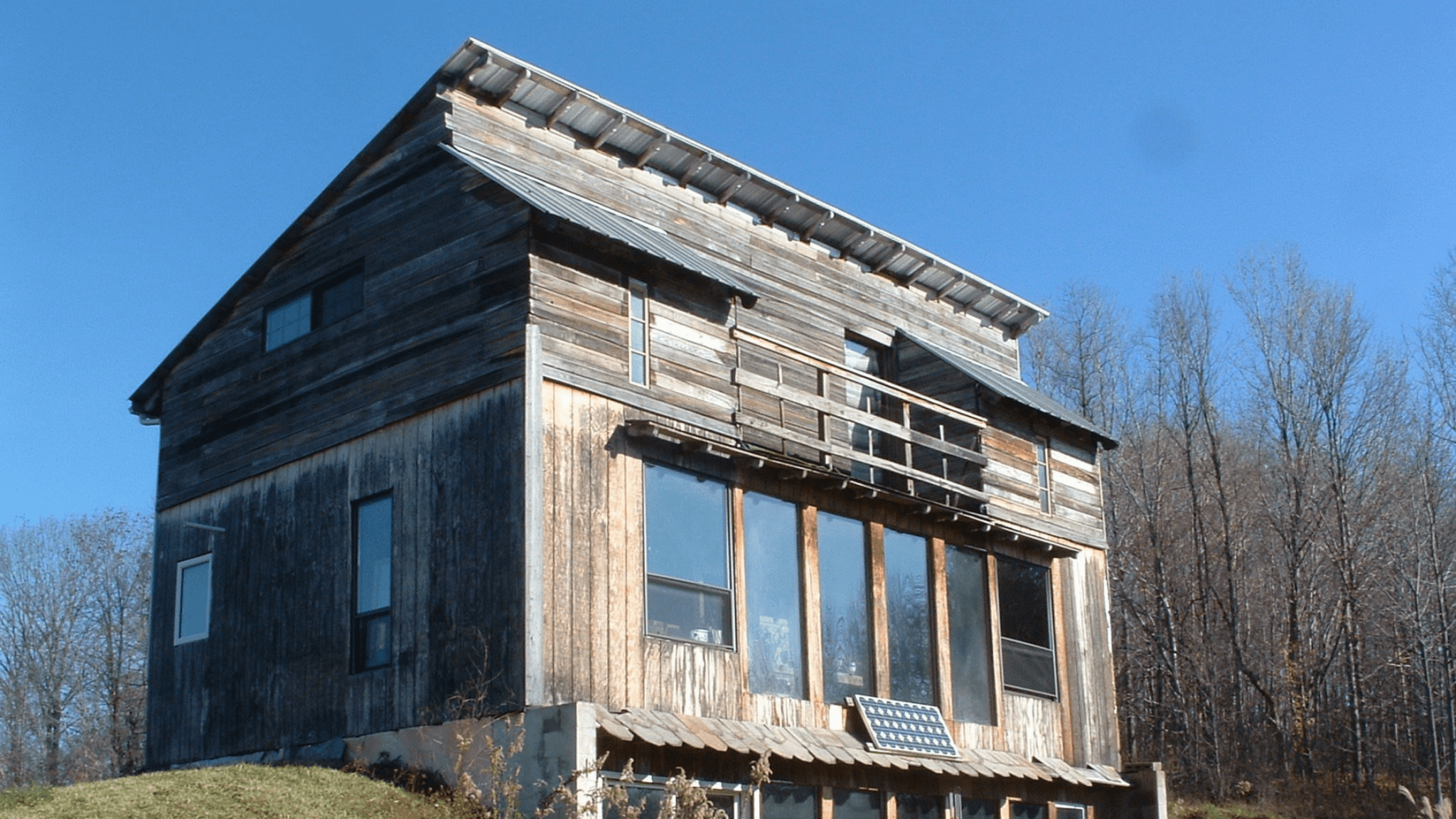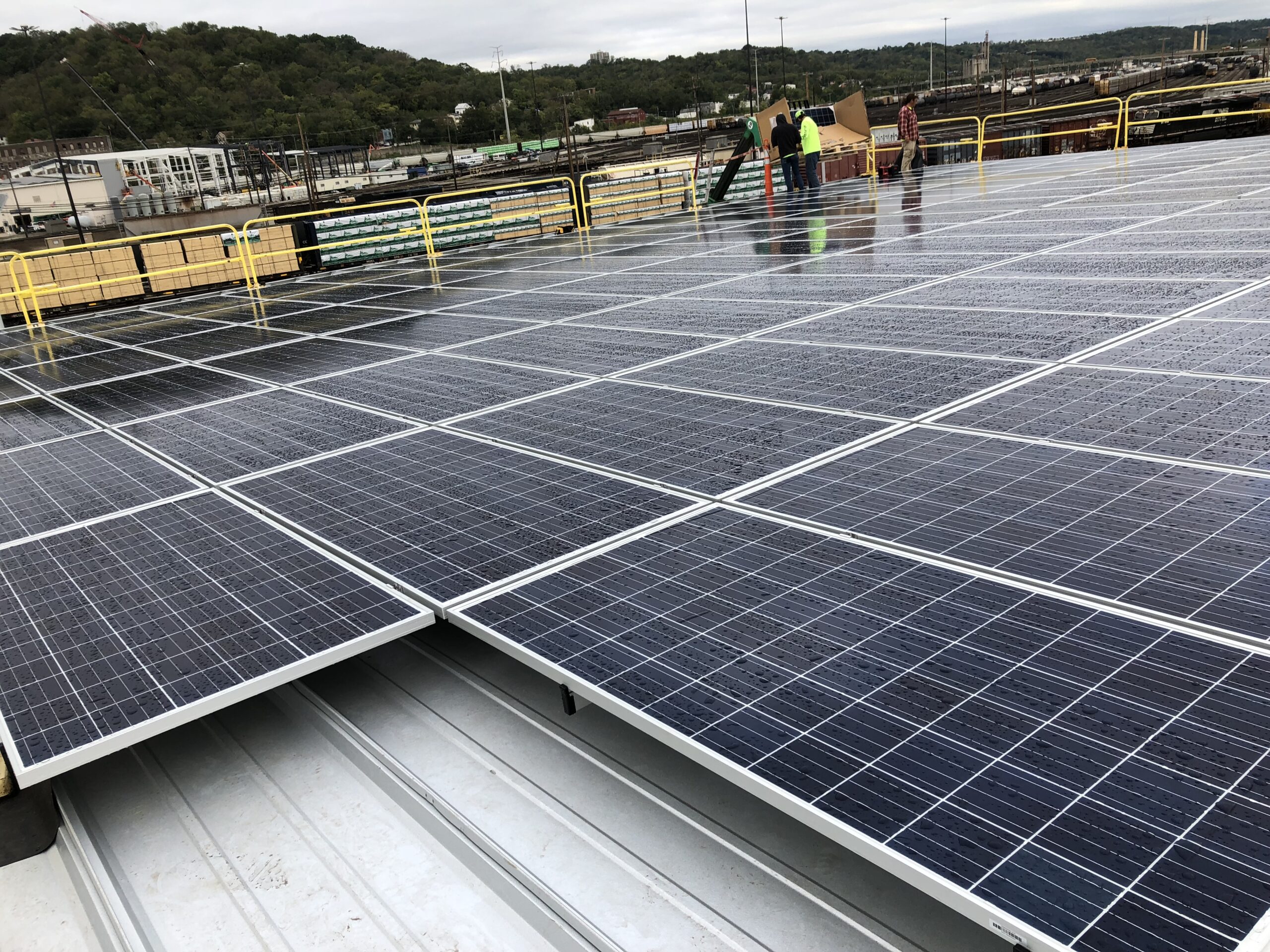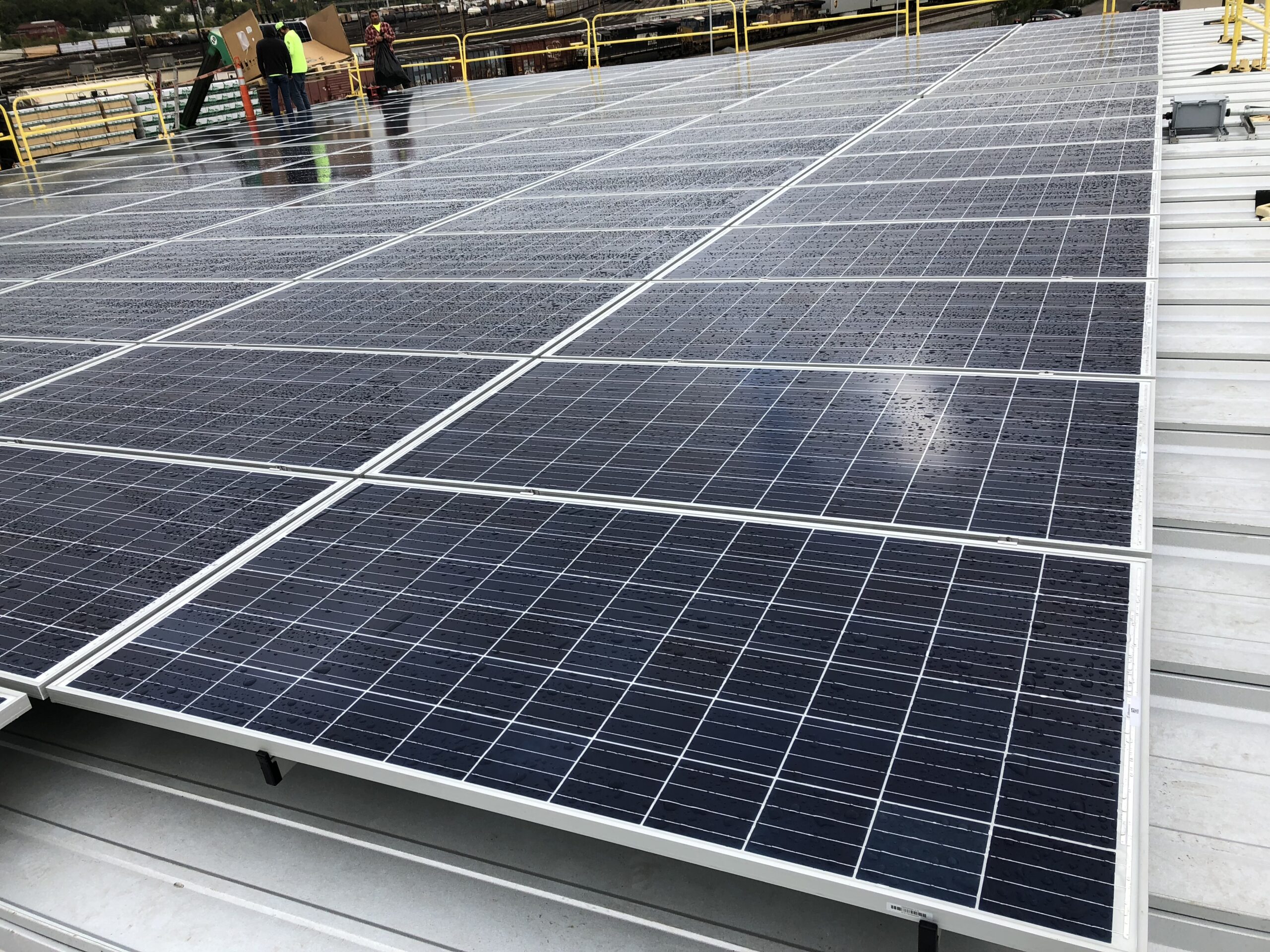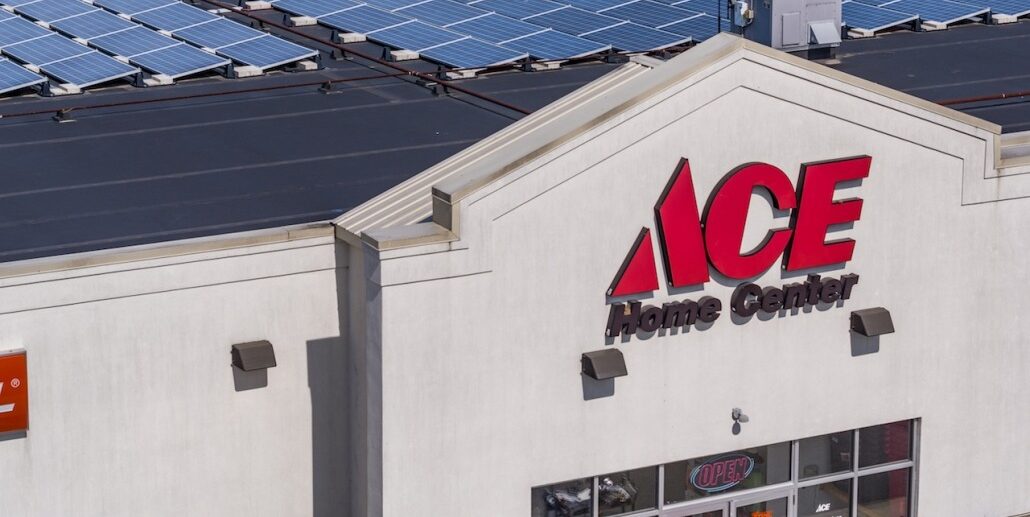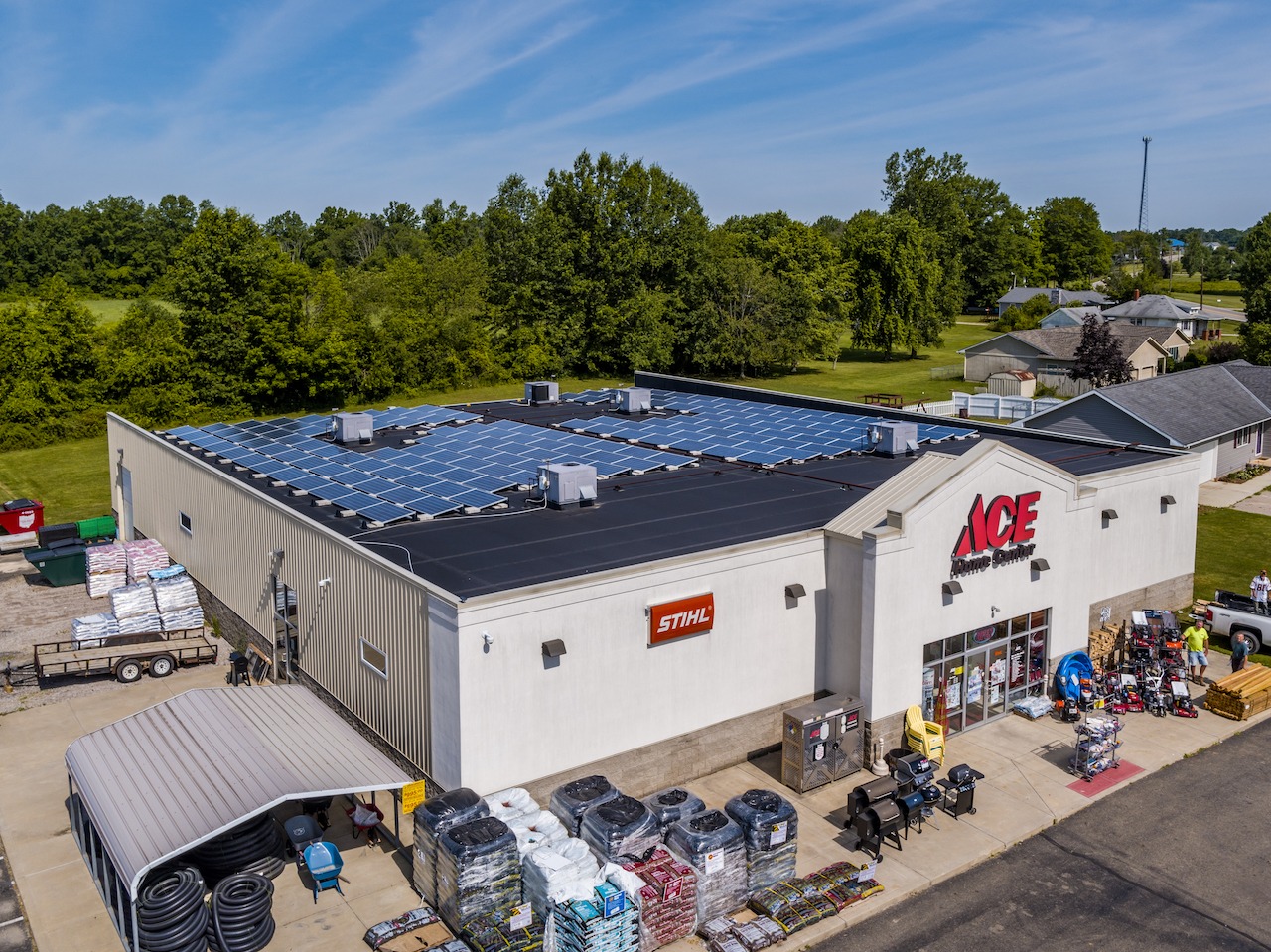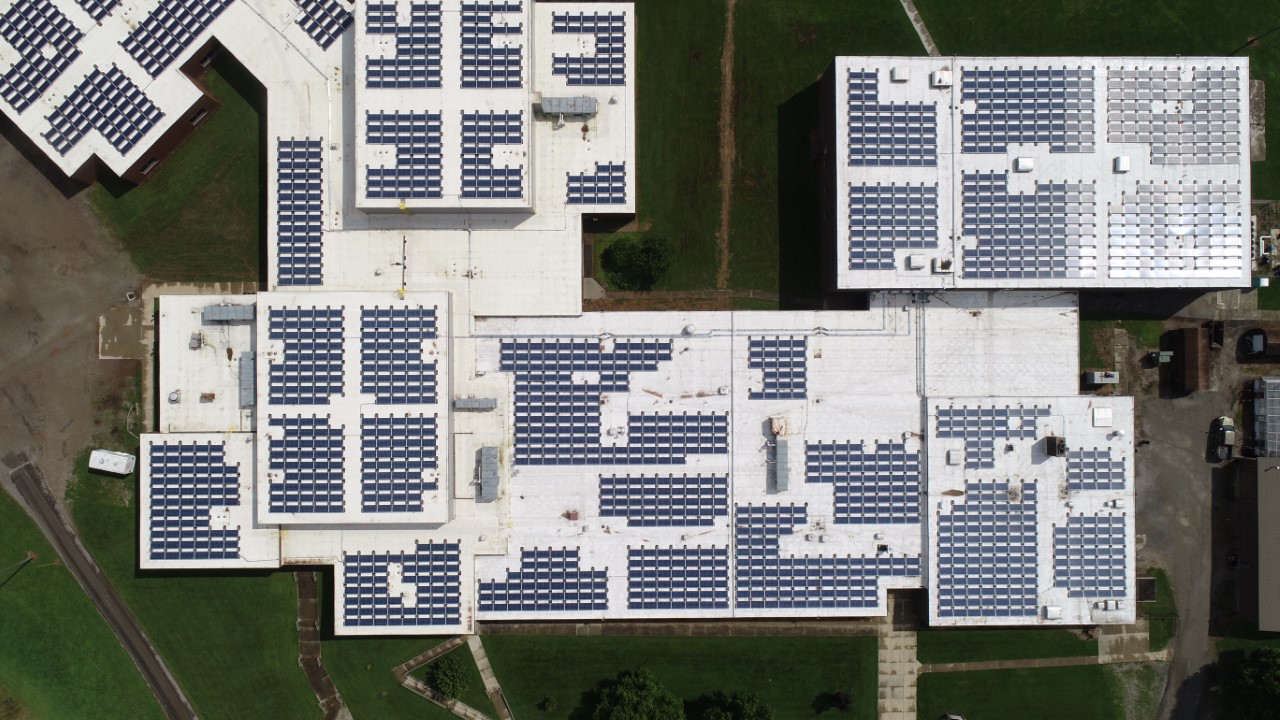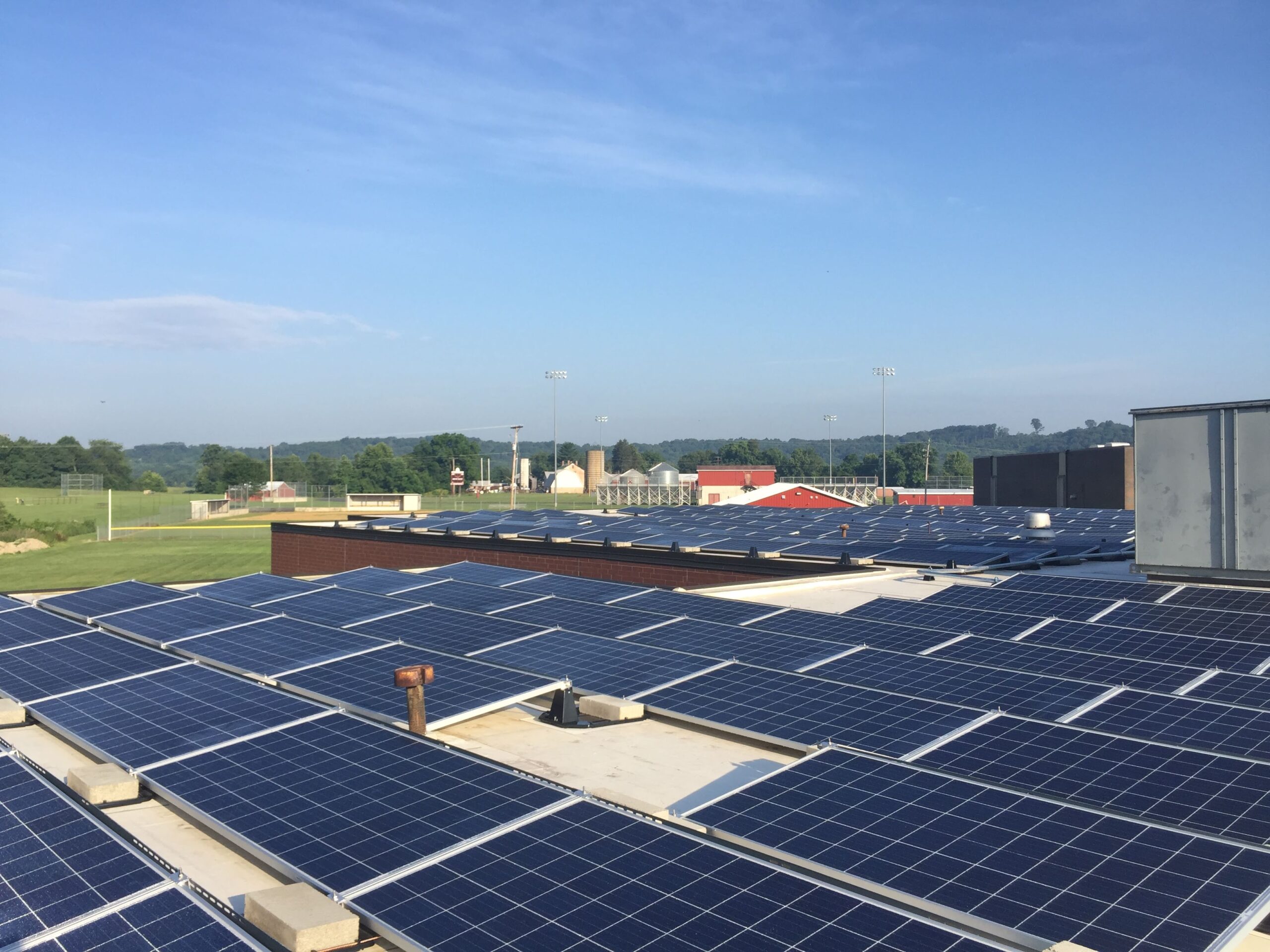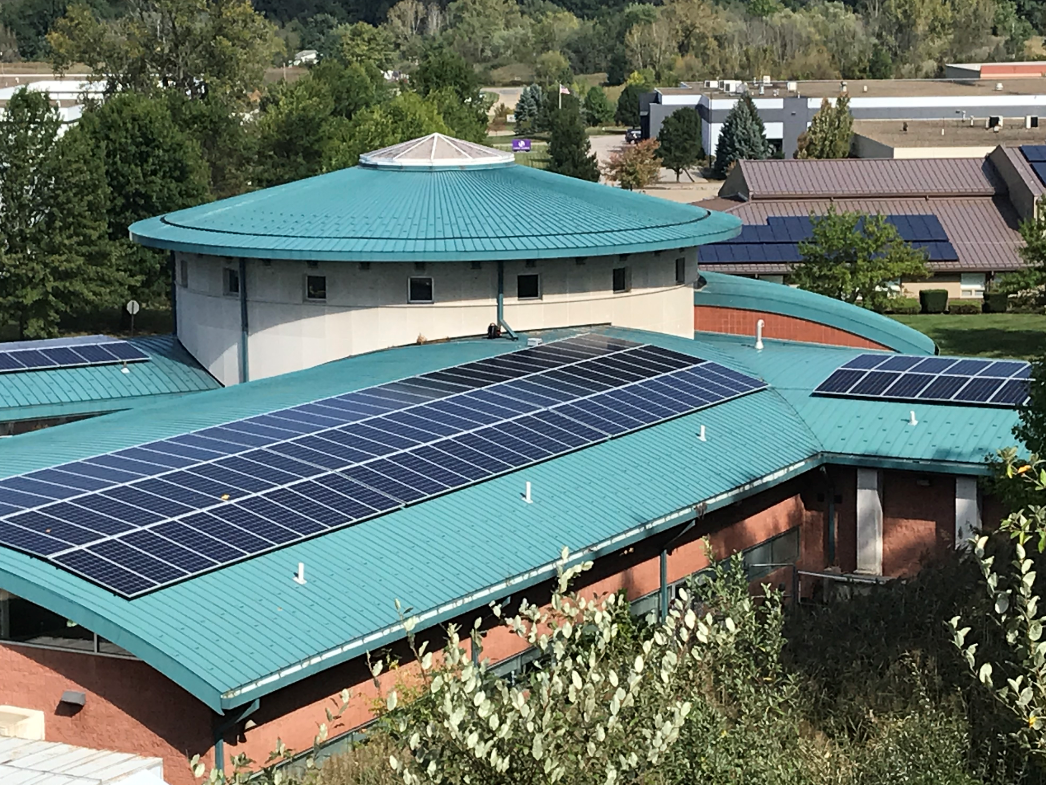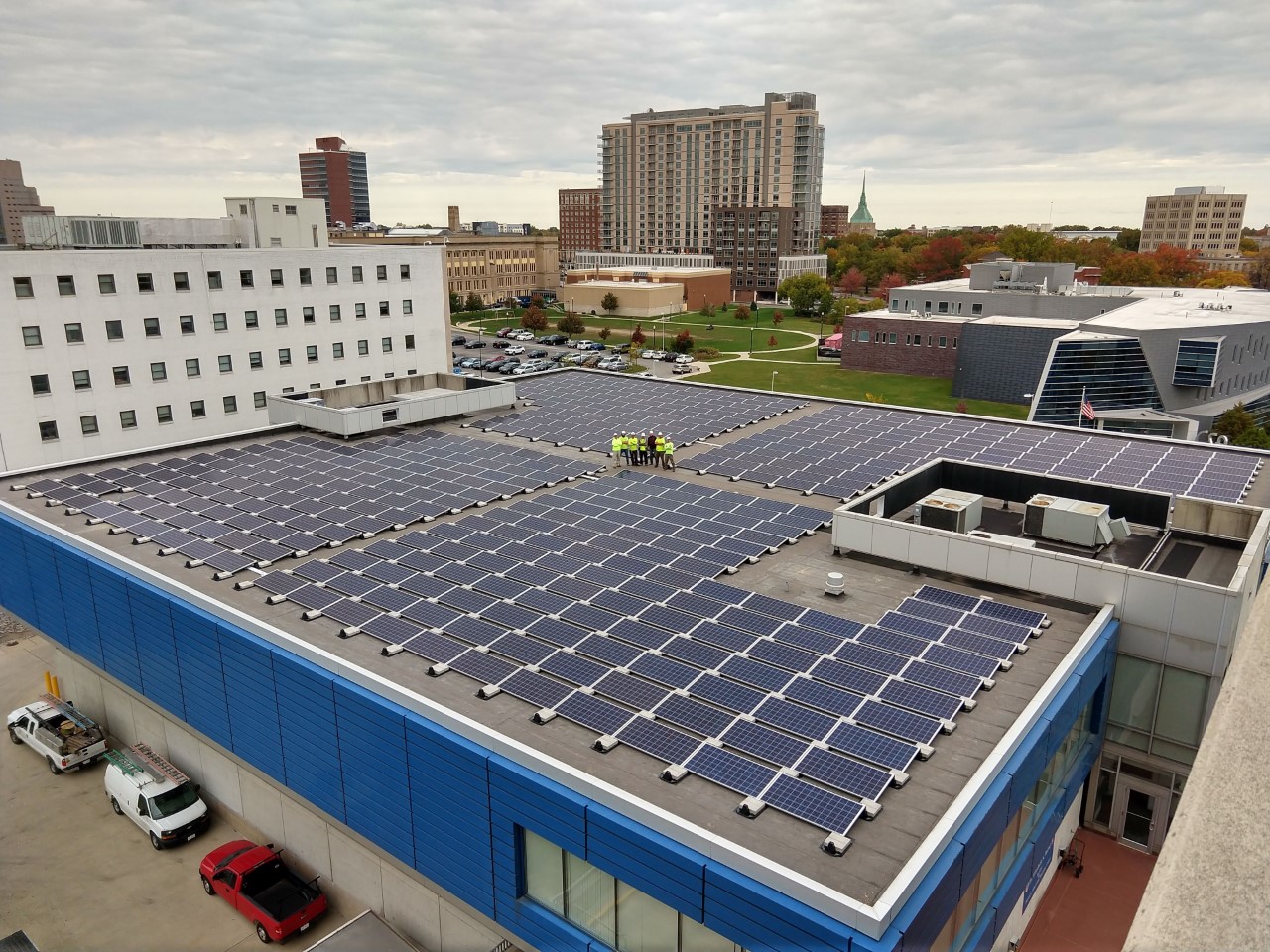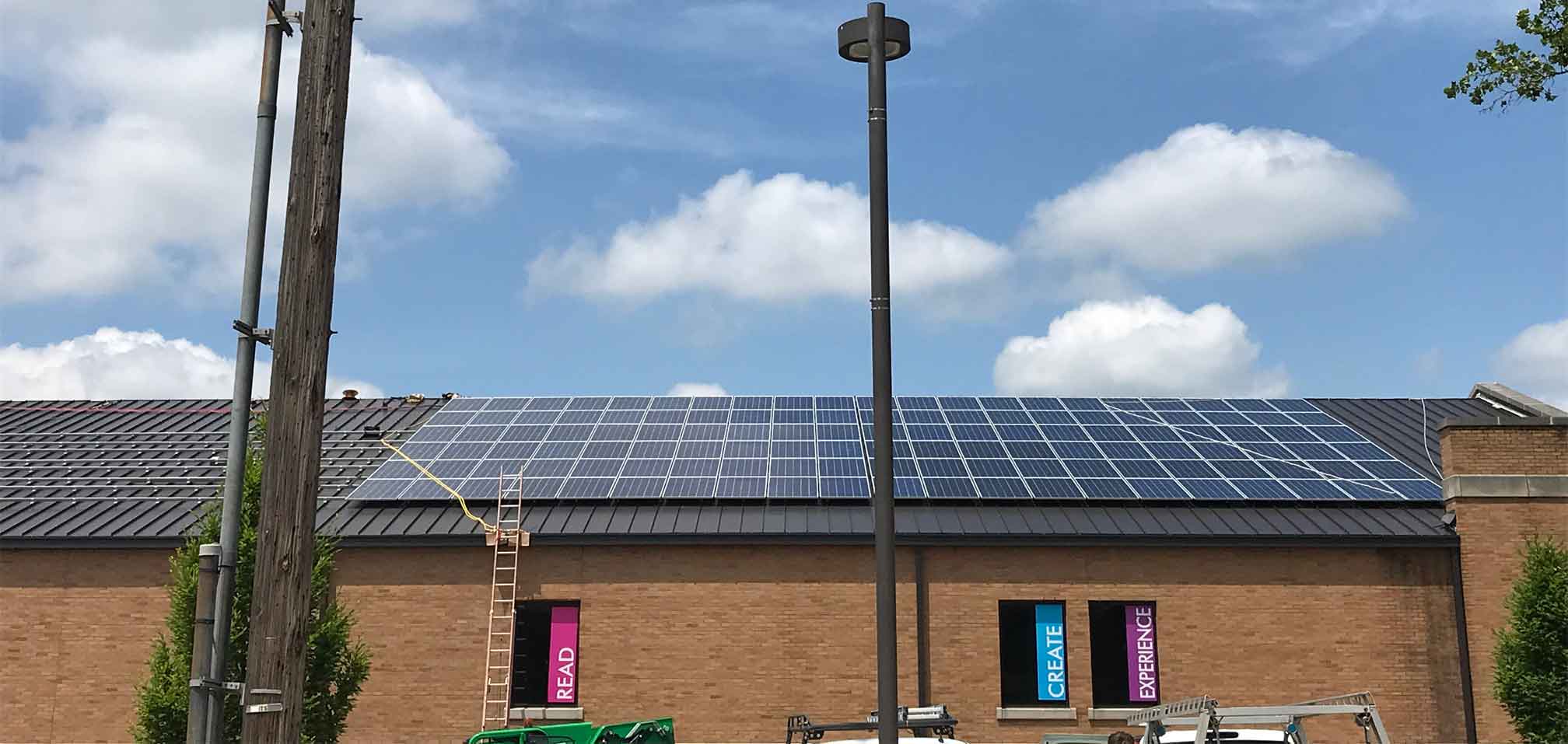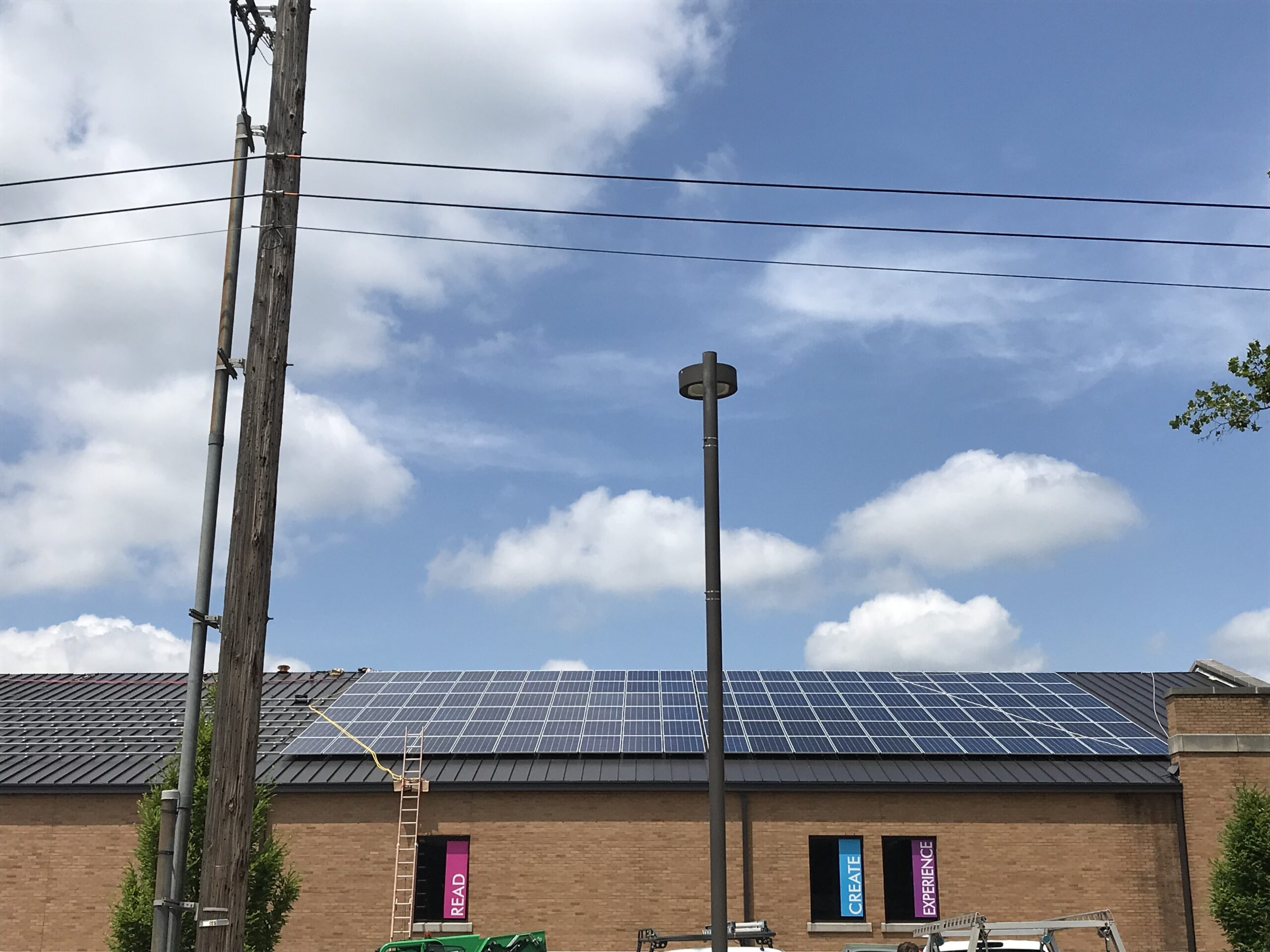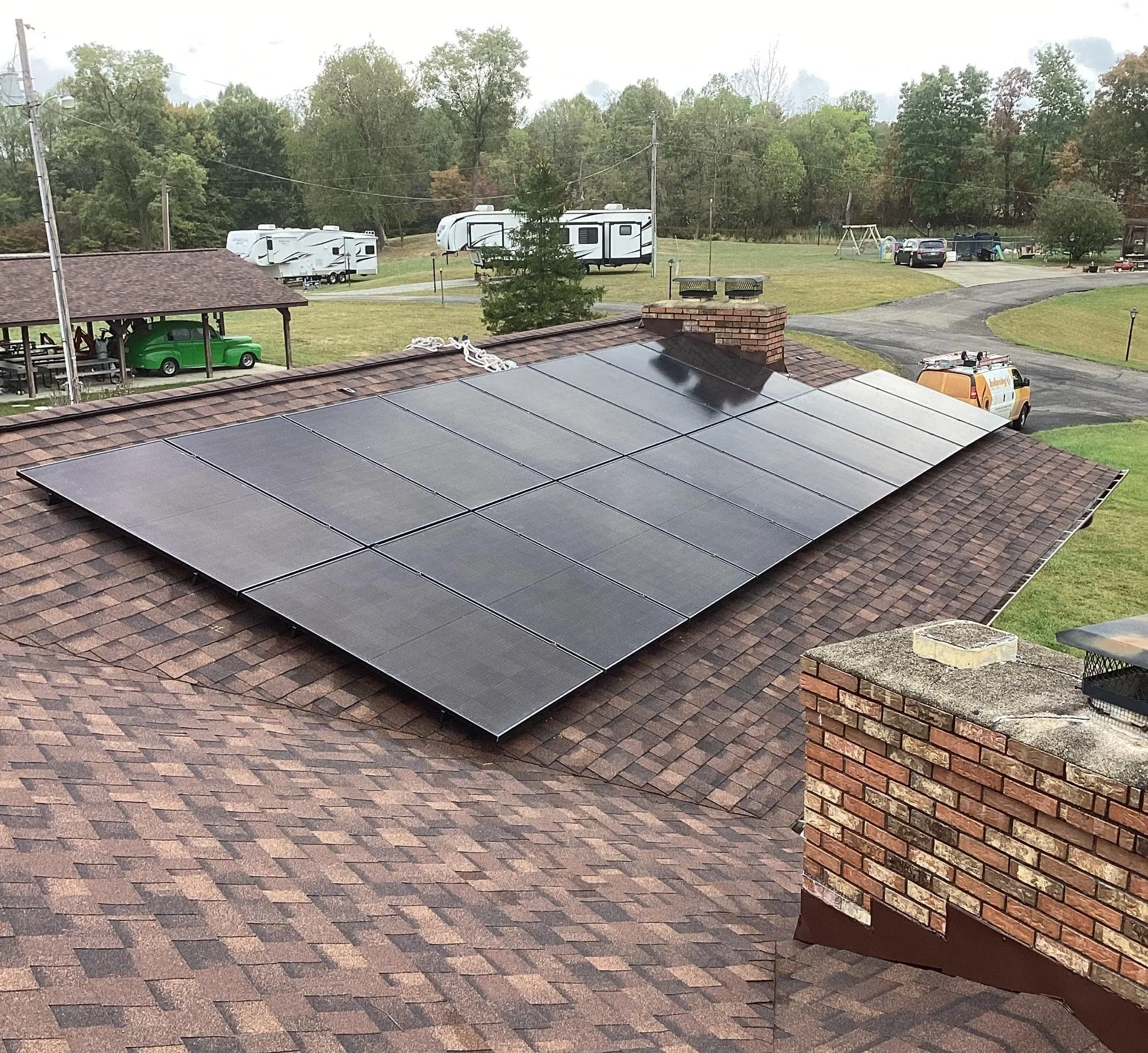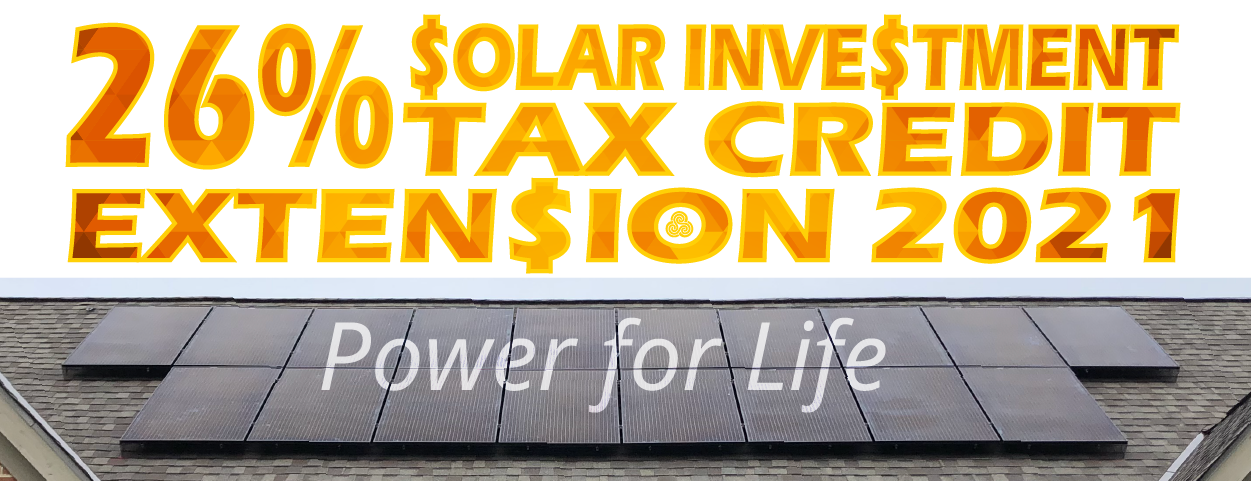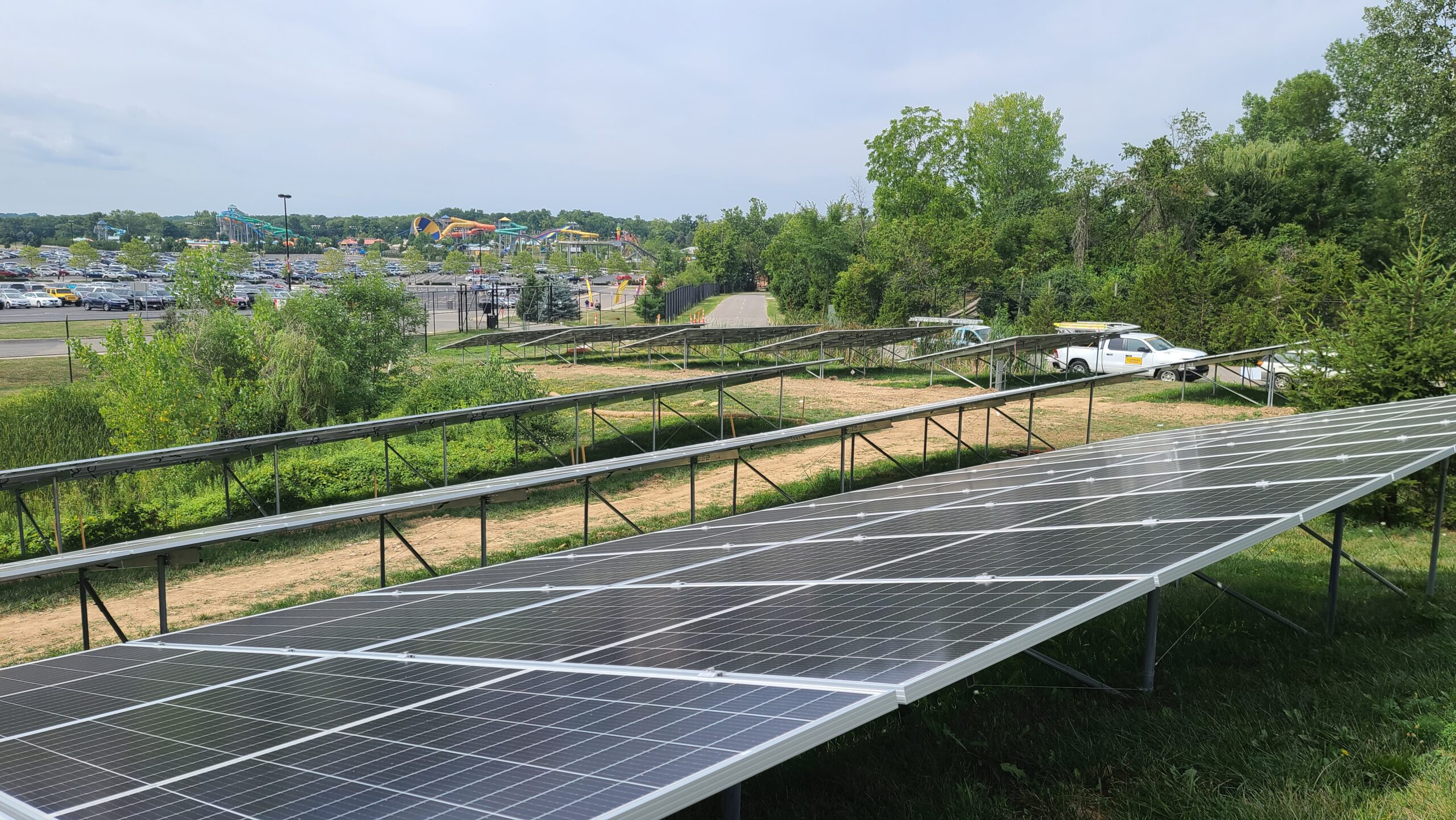Solar Panel Installation is a hot topic in 2021. The solar investment tax credit has been extended. Prices have come down. But, shopping for solar isn’t always easy. We know you want products that make sense: economic sense, practical sense, aesthetic sense. You want to do your part but have concerns about payback and warranties. The last thing you want is a solar system that doesn’t do what you’re told it would. You want reliable products that last a lifetime, products with long warranties, and a solar installer that you can trust.
Signing up for a solar evaluation can feel like a big step. To take some of the pressure off, we’ve compiled a list of our most frequently asked questions of 2020. Hopefully, some of the questions you have will be answered. And maybe having those answers will help you determine your next step in the solar journey.
What are the current incentives for solar?
In 2021 solar buyers will receive 26% back from their system’s full turnkey cost. Solar projects constructed in 2020, 2021, or 2022 are now eligible for the full 26% ITC.
Solar projects constructed in 2023 will be eligible for a 22% tax credit. After 2023, there will be no tax credit for residential solar panel installation. Commercial-scale solar projects will be eligible for a 10% tax credit from 2024 onwards.
In 2021 Third Sun continues to offer homeowners the option of going solar for $0 down at install. In addition to that, we are excited to offer our customers the option of going 12 months with no solar payment.
Solar stimulus? Additional incentives? Special solar incentives in Ohio? Special solar incentives in my community? Unfortunately, no. You’ve likely seen Facebook advertisements that make these claims. We aren’t fans of ads like those. We believe in relationships and want to earn your trust. Our work style is collaborative and our goal is to please you. We’ll start on the right foot by explaining all of the available solar incentives in Ohio clearly and transparently.
How Does My System Interact With the Grid?
When a solar-powered home is connected to the grid, you will store the excess power you create in the utility grid. The grid is like a big battery, which you charge when you have excess power and take energy from when you need more. In most cases, the utility company credits you for the extra power you produce (net-metering) and allows you to pull from the grid when you need it.
If I get a solar panel installation, will I sever ties with my utility?
Cutting ties with the utility company sounds so satisfying. A lot of folks come to us eager to sever their ties with the utility entirely. We get it. We really do.
The truth is that most of us are already tied in, and the efficiencies and economic benefits you get through net-metering outweigh the benefits of severing the tie completely. So, our recommendation is: always stay connected to the grid if you’re tied in now.
How am I credited for the excess power I produce?
Net-metering allows you to store the energy you produce in the electric grid in the form of credits. When you produce more energy than you need, excess electricity travels back into the power grid. Energy sent back into the grid goes to power your neighbors’ homes. The State of Ohio requires that the utility company credit you for the energy you produced and send along. These credits appear on your monthly electric bill to help you keep track.
When your solar system is producing more than the energy you are using during sunny summer months, you bank up credits. During the winter months, your home uses more energy than your solar system produces, and you use up the credits you’ve earned.
You will be charged for the energy you use from the traditional electric grid (when your solar panels aren’t producing). You can pay for that extra energy using the credits you accrue during times your solar system produces more energy than you are using.
Read more about net metering here.
What happens during a power outage?
During a blackout, the utility sends out repair crews to find and fix failure points. Linemen and women will be jeopardized if a local power generator (like a solar array) leaks power onto the grid lines. Therefore, utility rules mandate that solar arrays must automatically shut down in the event of a power outage. Solar panel installations have detectors that automatically shut down when they sense an outage to protect utility workers.
Grid-tied solar systems with battery backup are ideal for anyone with unreliable power or anyone with appliances that wish to operate when the grid is down or anyone. This type of system ensures you have reliable access to electricity. And if the grid is down for a long time, a battery tied to a solar energy system will recharge using the energy you generate on-site. Additionally, this type of system allows you to use more of the solar energy you produce, minimizing your reliance on your utility, making your home truly self-reliant.
Panel Placement
When is a roof-mount the best option?
We’ve found over the years that roof-mounted solar systems are best for most homes. Most homes have the available roof space for the solar system. The roof provides an optimal location, tilt, and surface for a solar panel installation.
When should I consider a ground-mount?
There are some excellent reasons that a homeowner may choose a ground-mounted array over a roof-mounted array. Here are a few different reasons:
- Shade prevents the panels from receiving adequate sun exposure on the roof
- There are too many obstructions (dormers, windows, chimneys) on the roof
- Only the north side of the roof is unobstructed (we do not recommend installing solar on northern facing roofs!)
- The roof is too small to accommodate a system large enough to meet the homeowner’s energy goals
Learn more about grid-mounted solar in this presentation by Solar Consultant Jamey Jones.
Planning for Solar
Do I need to get a new roof before I go solar?
The time right after a re-roofing is a supreme time to go solar.
Are you anticipating the need for a re-roof soon? We recommend you re-roof before installing your solar energy system. The recommendation we make to our customers – make sure there are at least 15 years or more of life left in your system. The cost of a de- and re-installation of your solar energy system will cut into your return on investment and lessen the payback you see on the system.
When should I reach out if I’m building a home?
If you’re building a home, check out this blog about designing a home for solar. Information from this article will help you and your builder build a house with solar in mind. It also lists other considerations to keep in mind when designing an energy-efficient home.
What happens to my solar panel installation if I move?
If you want to go solar but may move within the next 10-20 years – don’t worry! A solar panel system, on average, adds 4.1% to the average resale value. And as solar becomes increasingly popular, imagine what a differentiator providing your buyers with free electricity will be.
Myth-busting
Can I get a check from the electric company?
Short answer – no. Any excess energy you produce will be given back to you in the form of credits on your utility bill. As of January 2021, the Public Utilities Commission of Ohio’s rules requires utilities to provide you with energy credits for the energy you send back to the grid for you to use on future consumption of grid electricity. Not in the form of a check.
Can I build a solar farm and make money?
Ah, we hate to say “no,” but this one is a no, too. As the rules are written now, individuals cannot produce more than 120% of what they consume in a year. If you live on a big plot of land and want a really big solar panel installation, and want to sell what you don’t use to your utility for cash — It’s just not possible to do this in the state of Ohio. Maybe someday!
Choosing A Solar Installer
Third Sun Solar’s Energy Production Guarantee
Third Sun Solar offers new customers a 5-year cash back energy production guarantee with 24/7 monitoring and 100% covered maintenance.
Key benefits:
- Our 24/7 remote monitoring systems are responsible for protecting hundreds of thousands of customers. We will know if your system is underperforming, often before you do.
- 100% covered system maintenance for all system parts and components- including wiring and inverters.
- Every year – if your system generates less than 95% of forecasted energy, we pay you for annual energy loss even if you experienced a bout of harsh weather!
Ohio’s Leading Solar Installer
It takes a lot to succeed in the Solar Industry for 20 years.
We are proud of the reputation we have built. We are a certified benefit corporation, Ohio’s longest-standing solar installation company, and women-owned and operated.
When you’re ready to go solar, remember to choose a quality installer that you can trust for many years to come. If you’re ready to reach us now, give us a call at 877-OWN-SOLAR or fill out the form below to start the process.
Calculating Your Return On Investment
There are a lot of variables you’ll want to consider here – your available space for solar, your annual energy use, the rate you pay for electricity, the energy output of the solar panels you choose, local weather data. Our solar experts enjoy what they do. And they enjoy helping you understand these variables and program them in a way that you understand your payback. They aren’t looking to trick you or play games. Everyone’s variables are different, which is why we offer free solar evaluations to help you understand what you’re working with. We also offer an energy production guarantee to help you feel safe about the investment you’re making.
We’ve got folks at the office dedicated to taking your call. You can talk directly to us. Go ahead – give it a try!


